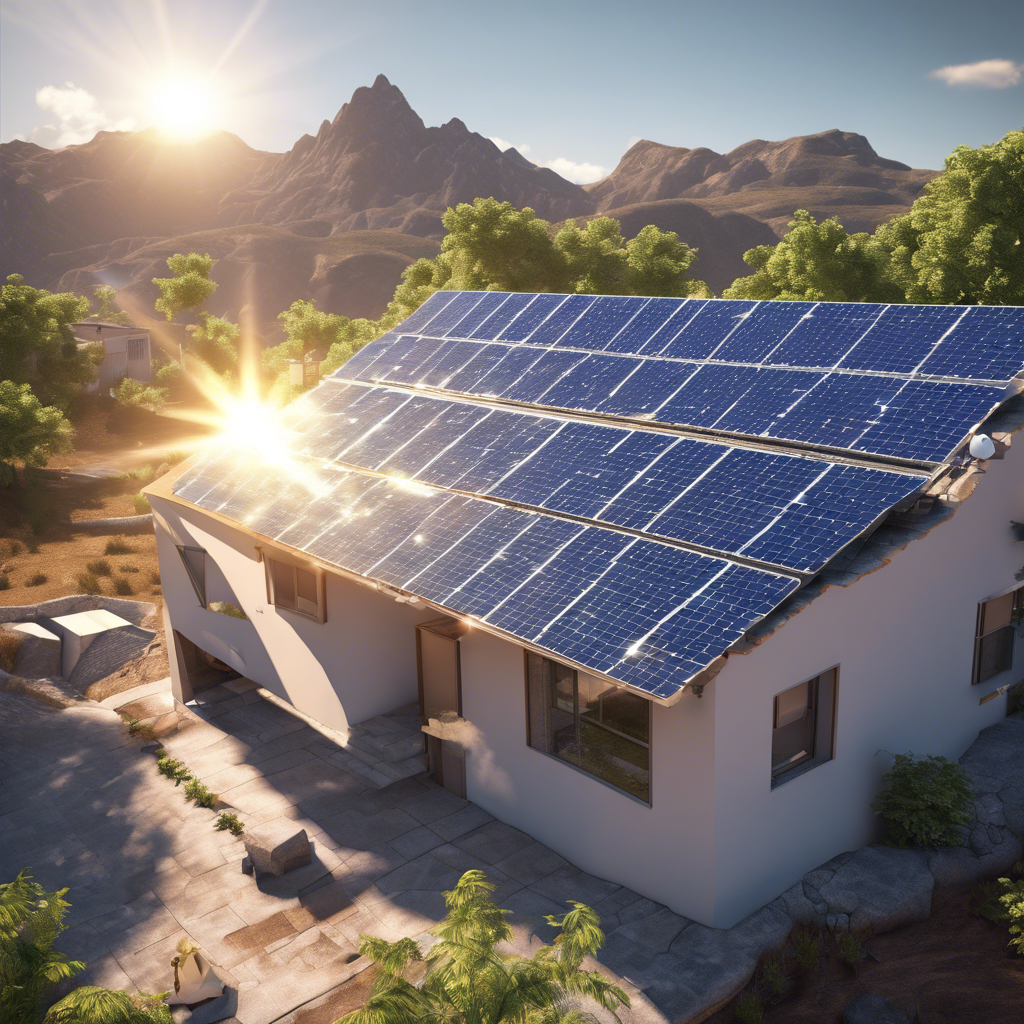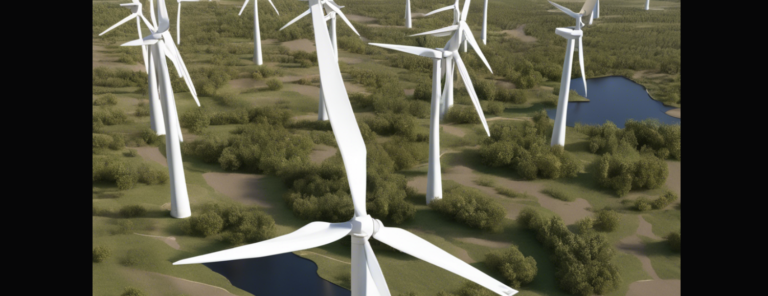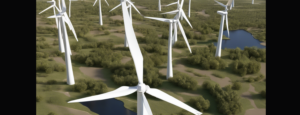Hydroelectric Projects: Balancing Energy Needs and Environmental Impact
Hydroelectric power is a renewable energy source that has been harnessed for centuries to generate electricity. While it offers numerous benefits in terms of clean energy production and reduced greenhouse gas emissions, the construction of hydroelectric projects can have significant environmental impacts. Finding a balance between meeting energy needs and minimising harm to the environment is crucial in the development of hydroelectric projects.

The Benefits of Hydroelectric Power
Hydroelectric power is a reliable and cost-effective source of renewable energy. It produces electricity without emitting greenhouse gases, making it a cleaner alternative to fossil fuels. Additionally, hydroelectric projects can provide a stable source of electricity, helping to meet the growing energy demands of a rapidly expanding population.
- Reduces greenhouse gas emissions
- Provides a stable source of electricity
- Cost-effective compared to fossil fuels
Environmental Impacts of Hydroelectric Projects
Despite its benefits, the construction of hydroelectric projects can have adverse effects on the environment. The flooding of large areas of land for reservoirs can lead to habitat destruction, loss of biodiversity, and displacement of local communities. Additionally, changes in water flow and temperature can impact aquatic ecosystems and fish populations.
- Habitat destruction
- Loss of biodiversity
- Displacement of local communities
Case Study: Three Gorges Dam
The Three Gorges Dam in China is one of the largest hydroelectric projects in the world. While it has helped to reduce greenhouse gas emissions and provide electricity to millions of people, it has also caused significant environmental damage. The dam has led to the displacement of over a million people, loss of biodiversity, and increased risk of landslides in the region.
Striking a Balance
It is essential to consider the environmental impacts of hydroelectric projects and take steps to mitigate them. This can be achieved through careful planning, environmental impact assessments, and the implementation of sustainable practices. By incorporating measures such as fish ladders, sediment traps, and habitat restoration, the negative effects of hydroelectric projects can be minimised.
Hydroelectric projects play a vital role in meeting energy needs while reducing greenhouse gas emissions. However, it is crucial to balance these benefits with the potential environmental impacts of such projects. By implementing sustainable practices and mitigating harm to ecosystems, we can harness the power of hydroelectricity while protecting the environment for future generations.
































+ There are no comments
Add yours